The recent craze for Natural hair in recent times is on the rise and who better to use as a natural hair role model than Nigerian songstress and entertainer, Yemi Alade. Natural hair without doubt looks so lovely on her!
Whats more? when she isn’t rocking her natural hair, she is rocking a hair style that is all the same oh-so-natural!
While most people have joined the band wagon, others are scared to because they are either scared of having to go bald or they can’t deal with the stress that [they feel] comes with growing a natural hair.
Good news folks! You don’t have to go bald to begin growing a natural hair. All you need do is quit retouching your hair then, trim off the retouched part from time to time till only the natural part remains. You are then on your way to starting your natural hair journey!
The key steps to building a natural hair regimen and also maintaining a natural hair are discussed below.

CLEANSING
While most people opt to wash every week, others wash as infrequently as once a month. There really is not one right or wrong answer when it comes to this area, it’s more so about what is going to work for you. Factors to consider would be the length of your hair, your lifestyle (are you active?), and your hair’s fragility.
A good rule of thumb would be to wash once a week, but if you find that this is not working for you, try extending the time between washes. You will know if this works based on how your hair feels when you touch it and sometimes by just looking at it.
If you don’t wash your hair as frequently, you want to go lighter with your product usage otherwise too much product coating your hair, can lead to dryness. Use a sulfate free shampoo that isthe hair or many naturals co-wash (wash with conditioner) to avoid dryness.
2. CONDITIONING
Conditioning is one of the most important aspects of a natural hair care routine. It helps restore hair’s strength and it also may contribute to moisture retention. Even if you co-wash your hair, you definitely do not want to skip out on a deep conditioning session.
This is especially important for those who color-treat their natural hair or frequently use heat. Everyday just through the manipulation of your hair, your hair looses vital protein that it needs.
Conditioner helps to fill in those missing gaps and can aid in alleviating breakage and dryness. Make a habit of deep conditioning at least once a month, and if you wash your hair more frequently, fit in more room for deep conditioning sessions. Your hair will thank you for it!
3. MOISTURIZING
Water is the ultimate moisturizer. African hair loves nothing more than pure water itself. With natural hair, water is your best ally. Natural hair can be washed about twice a week to hold more moisture.
However, be careful with the shampoo. Some people do not use shampoo anymore because of its drying effects. Others limit shampooing to 1-4 times per month. There are enough cleaning agents in conditioner that can sufficiently clean the hair.
Products that can also be used for moisturizing are; Shea butter, Olive oil, Coconut oil and Tea tree ( any product that is low in Petrolatum and not greasy but watery is highly recommended)
4. DETANGLING
Did I hear you go “arrgghh!”? Yes, I know, detangling is everyone’s not-so-favorite part of natural hair care! This is an area where you really need to be careful, if not you can end up losing a lot of hair.
When you detangle, you should endeavor to always have some sort of moisture in your hair as detangling on completely dry hair, can be disastrous. Some naturals like to detangle only on wet hair, you don’t have to do this. However, make sure you have a product in your hair that will give you some sort of slip (coconut oil should do the magic).
Also, ensure to always take your time while detangling, start from the ends of the hair and work your way up to the root to avoid hair breakage.
5. PROTECTIVE AND LOW MANIPULATION STYLES
If you are trying to retain length but your texture is easily prone to breakage, protective styles in particular are going to become your best friend. Protective styles such as twists, cornrows, or braids would ensure you don’t have to style your hair daily and this helps to prevent breakage.
However, in addition to helping you retain more hair they also make your natural hair journey easier for you. Wearing your natural hair out all the time is a lot of maintenance on your part, while protective styles require little work. If you want something different you can always do a twist out or braid out low manipulation style.
Styles such as this keep your hair controlled, styling required is minimal, and it gives you a nice change from protective styles.
In the end, all naturals need cleansing, conditioning, moisturizing, detangling, and protective styling / low manipulation styles included in their regimen. What varies is the frequency of each aspect of the regimen.
This is all unique to you and only you can determine how often you should do each step. With some experimentation you will find what works best for you, as only you can determine the best approach for your hair.
Finally! Here’s some pictures of Yemi Alade looking stunning while rocking Natural hair 🙂

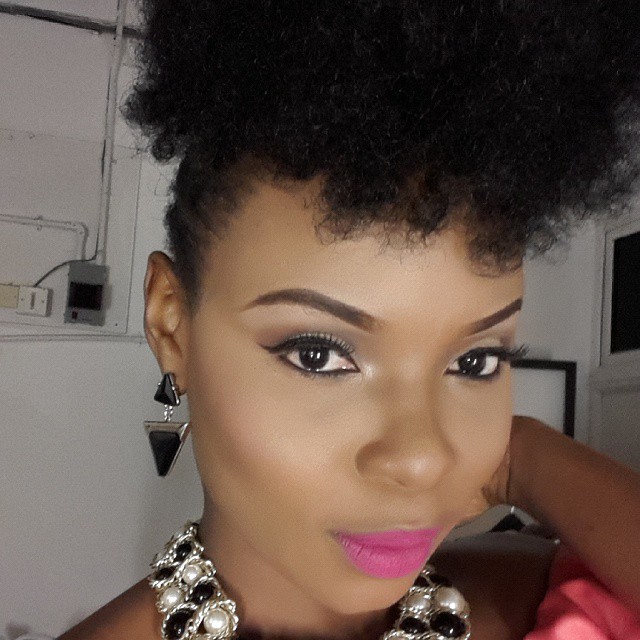
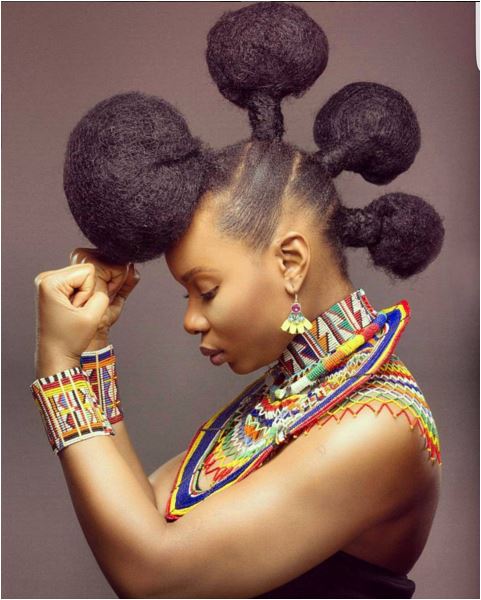

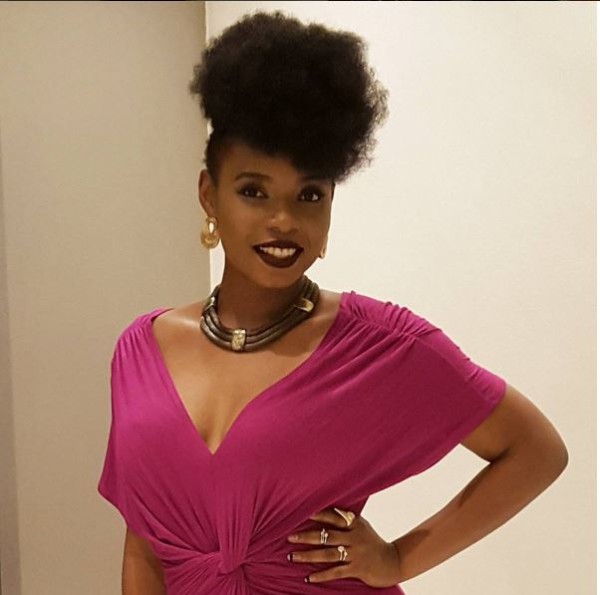











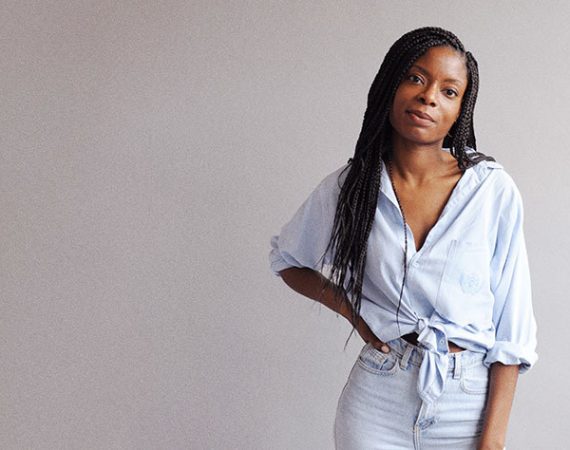
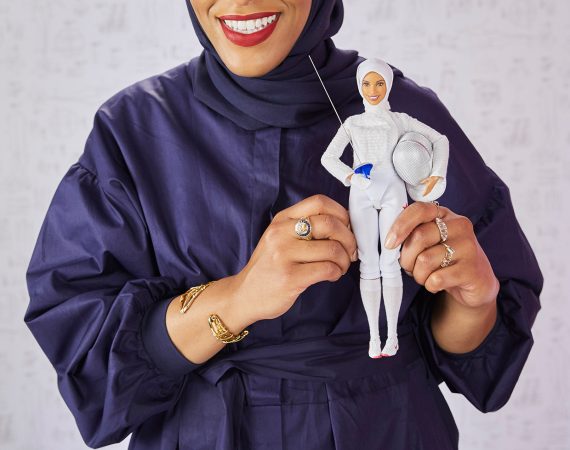


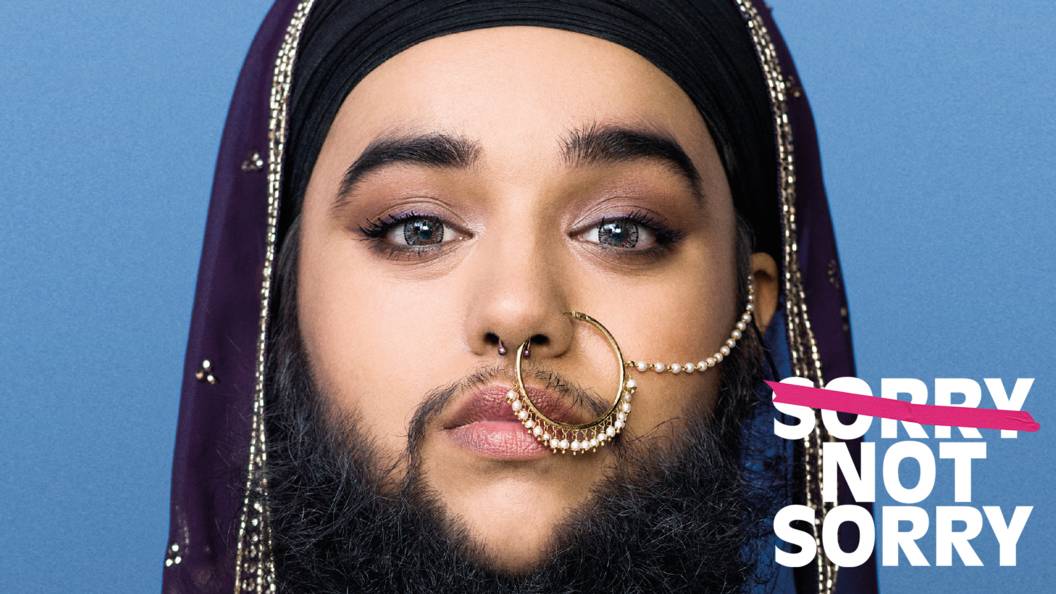
Thanks for this article Asher! I’ve been considering grooming my natural hair for some time now. This article is very helpful!
– Ifu Ennada
Thanks a lot Ifu 😀